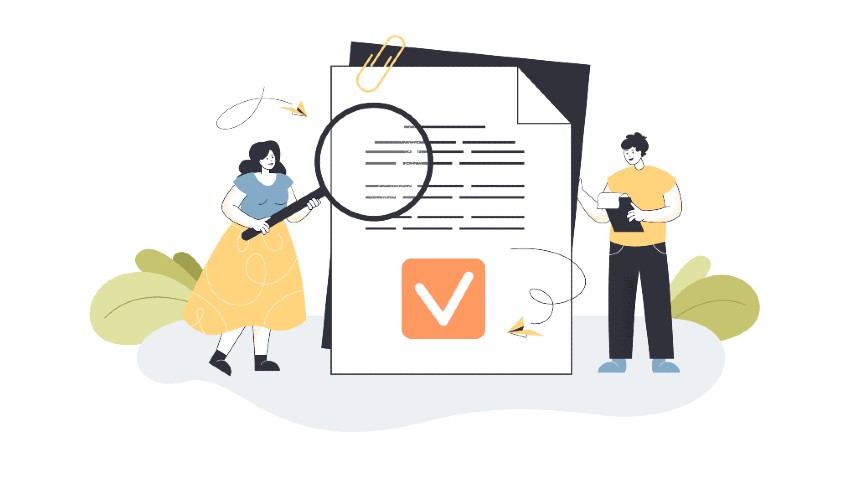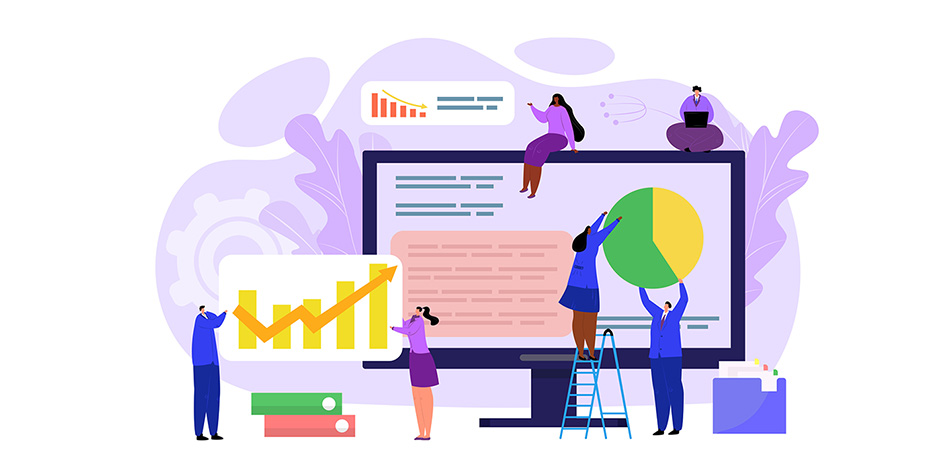Software document review sets the stage for this enthralling narrative, offering readers a glimpse into a story that is rich in detail and brimming with originality. In the realm of software development, the review process plays a crucial role in maintaining quality and efficiency.
As we delve deeper into the world of software document review, we uncover the essential types of documents, best practices for conducting reviews, and the tools and technologies that aid in this process.
Introduction to Software Document Review

Software document review is a crucial process in the software development lifecycle that involves systematically examining and evaluating various types of documentation related to a software project. This includes requirements documents, design documents, test plans, and user manuals, among others.
Ensuring the accuracy, completeness, and consistency of software documentation is essential for the success of a project. Software document review plays a vital role in identifying errors, gaps, and inconsistencies early in the development process, helping to prevent costly rework and delays down the line.
Importance of Software Document Review
Software document review is essential for maintaining quality and efficiency throughout the software development process. By carefully reviewing and validating documentation, teams can ensure that all project stakeholders have a clear understanding of the requirements, design, and implementation details. This helps to minimize misunderstandings, reduce the likelihood of defects, and ultimately deliver a high-quality software product.
- Identifying and correcting errors: Document review helps to identify and correct errors in documentation, ensuring that the final product meets the desired specifications.
- Improving communication: Clear and accurate documentation facilitates effective communication among team members, stakeholders, and end-users.
- Enhancing traceability: Document review ensures that there is traceability between requirements, design, and implementation, helping to maintain consistency and alignment throughout the development process.
- Supporting compliance: Documentation review is essential for ensuring that software projects comply with regulatory standards and industry best practices.
Types of Software Documents
Software development projects involve various types of documents that play a crucial role in ensuring the success of the project. These documents serve as a means of communication, documentation, and reference throughout the development lifecycle.
Requirements Specifications
Requirements specifications document the functional and non-functional requirements of the software to be developed. This document Artikels what the software should do, how it should behave, and any constraints or limitations that need to be considered. It serves as a blueprint for the development team to follow and ensures that the final product meets the needs of the stakeholders.
Design Documents
Design documents describe the architecture, components, modules, interfaces, and data for the software system. These documents provide a detailed roadmap for the developers to follow during the implementation phase. Design documents help in ensuring that the software is developed in a structured and organized manner, leading to a more robust and maintainable solution.
Test Plans
Test plans Artikel the testing approach, strategies, resources, and schedule for verifying and validating the software. These documents detail the test cases, scenarios, and expected outcomes to ensure the quality and reliability of the software. Test plans are essential for identifying and fixing defects early in the development process, ultimately leading to a more stable and dependable product.
User Manuals
User manuals provide instructions, guidelines, and information for end-users to effectively use the software. These documents explain the features, functionalities, and usage of the software in a user-friendly manner. User manuals play a crucial role in ensuring that end-users can utilize the software efficiently and effectively, leading to a positive user experience.
Change Requests
Change request documents capture any modifications, enhancements, or additions to the software that are requested after the initial development phase. These documents document the rationale, impact, and approval process for the proposed changes. Change request documents help in managing changes effectively, ensuring that the software remains aligned with the evolving needs of the stakeholders.
Best Practices for Conducting Software Document Review

When conducting a software document review, it is essential to follow a systematic process to ensure thoroughness and accuracy. Evaluating the quality of software documents and maintaining effective communication between reviewers and document authors are crucial aspects of the review process.
Step-by-Step Process for Conducting a Thorough Software Document Review
- Start by familiarizing yourself with the document’s purpose and intended audience.
- Review the document structure, including headings, subheadings, and overall organization.
- Check for consistency in terminology, formatting, and style throughout the document.
- Verify the accuracy of information presented in the document by cross-referencing with reliable sources.
- Assess the clarity and completeness of instructions, explanations, and technical details provided in the document.
- Identify any inconsistencies, errors, or ambiguities in the content and suggest improvements or corrections.
- Provide constructive feedback to the document author based on your findings and recommendations.
- Collaborate with other reviewers to ensure a comprehensive review and consensus on suggested changes.
Criteria for Evaluating the Quality of Software Documents During Review
Accuracy, Clarity, Consistency, Completeness, Relevance, and Appropriateness
Tips for Effective Communication Between Reviewers and Document Authors
- Establish clear channels of communication to discuss feedback, questions, and concerns regarding the document.
- Use a respectful and constructive tone when providing feedback to encourage collaboration and mutual understanding.
- Provide specific examples and explanations to support your feedback and recommendations for improvement.
- Encourage open dialogue and active listening to address any discrepancies or misunderstandings during the review process.
- Acknowledge the efforts of the document author and express appreciation for their work while offering constructive criticism.
Tools and Technologies for Software Document Review
When it comes to managing and reviewing software documents, there are various tools and technologies available that can streamline the process and enhance efficiency. These tools offer features that help in organizing, editing, and collaborating on documents, ultimately improving the overall quality of the documentation.
Popular Software Document Review Tools
- Microsoft Word: A widely used tool for creating and reviewing software documents, offering features like track changes and commenting for collaboration.
- Google Docs: A cloud-based platform that allows real-time collaboration and commenting, making it easy for multiple stakeholders to review documents simultaneously.
- Adobe Acrobat Pro: Known for its advanced editing and commenting features, Adobe Acrobat Pro is often used for reviewing PDF documents in a professional setting.
Benefits of Using Automated Tools, Software document review
- Efficiency: Automated tools can significantly reduce the time and effort required for document review by streamlining processes like version control and feedback collection.
- Accuracy: By automating certain tasks, these tools help in maintaining consistency and accuracy across software documentation, reducing the risk of errors.
- Collaboration: Automated tools facilitate seamless collaboration among team members, allowing for real-time updates and feedback incorporation.
Epilogue: Software Document Review

In conclusion, software document review is not just a formality but a key aspect of ensuring that software projects meet their objectives. By following best practices and utilizing the right tools, teams can streamline their development process and deliver high-quality products.
